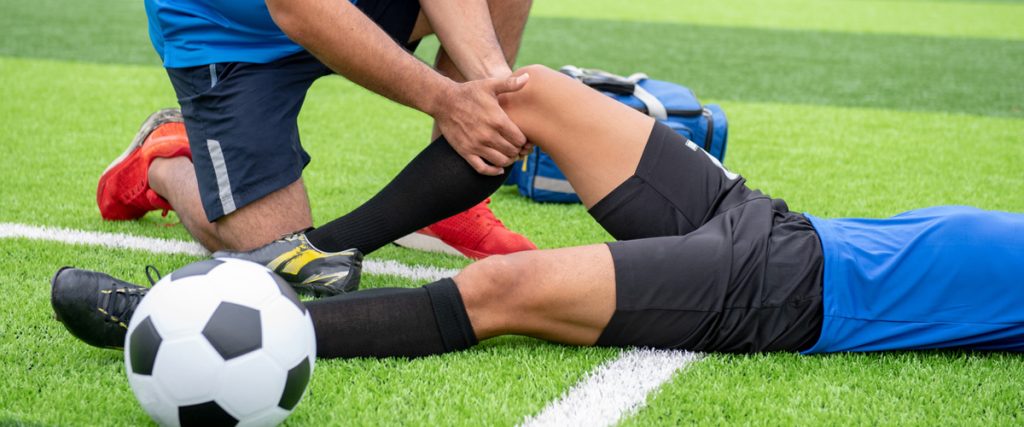Some of the most common knee pain and injuries that occur and that we treat here at Elevate are patellofemoral pain (“runner’s knee”), IT Band Syndrome, and patellar tendinitis (“jumper’s knee”), as well as the less common and more catastrophic injury called an ACL (anterior cruciate ligament) tear.
Nearly 70% of ACL tears are non-contact injuries and occur during movements like cutting, twisting, decelerating, and landing from a jump in sports like soccer, basketball, lacrosse, football and volleyball.
These knee injuries are often caused by weakness and poor control of the trunk, pelvis, hips and knees, and poor body alignment during movement.
The good news is, a couple of simple tests can easily detect key risk factors associated with knee pain and injuries, including the devastating ACL tear.
The top box jump in the video demonstrates “dynamic valgus” (inward collapse of the knees) and it is a movement pattern associated with knee pain and injuries. Dynamic valgus, combined with poor shock absorption and poor trunk control during cutting, twisting or landing can overload the ACL in a split second. Wear and tear from dynamic valgus during daily activities and sports is also associated with the more common knee injuries mentioned.
The bottom box jump in the video shows proper landing technique with good shock absorption and the knees tracking over the toes without collapsing inward. Great landing and movement mechanics stem from proper glute, knee and trunk strength, so exercises to address these areas should be a pillar of any athletes’ training regimen.
TEST YOURSELF:
Have a friend or family member take a video of you jumping down from a box as shown, OR performing a tuck jump 10 times. Use slo-mo if you have it!
Here’s an example of a dynamic valgus collapse in a tuck jump test:
If your legs are wiggling around like a baby giraffe, then it’s time to add some corrective strength and movement training to your program.

